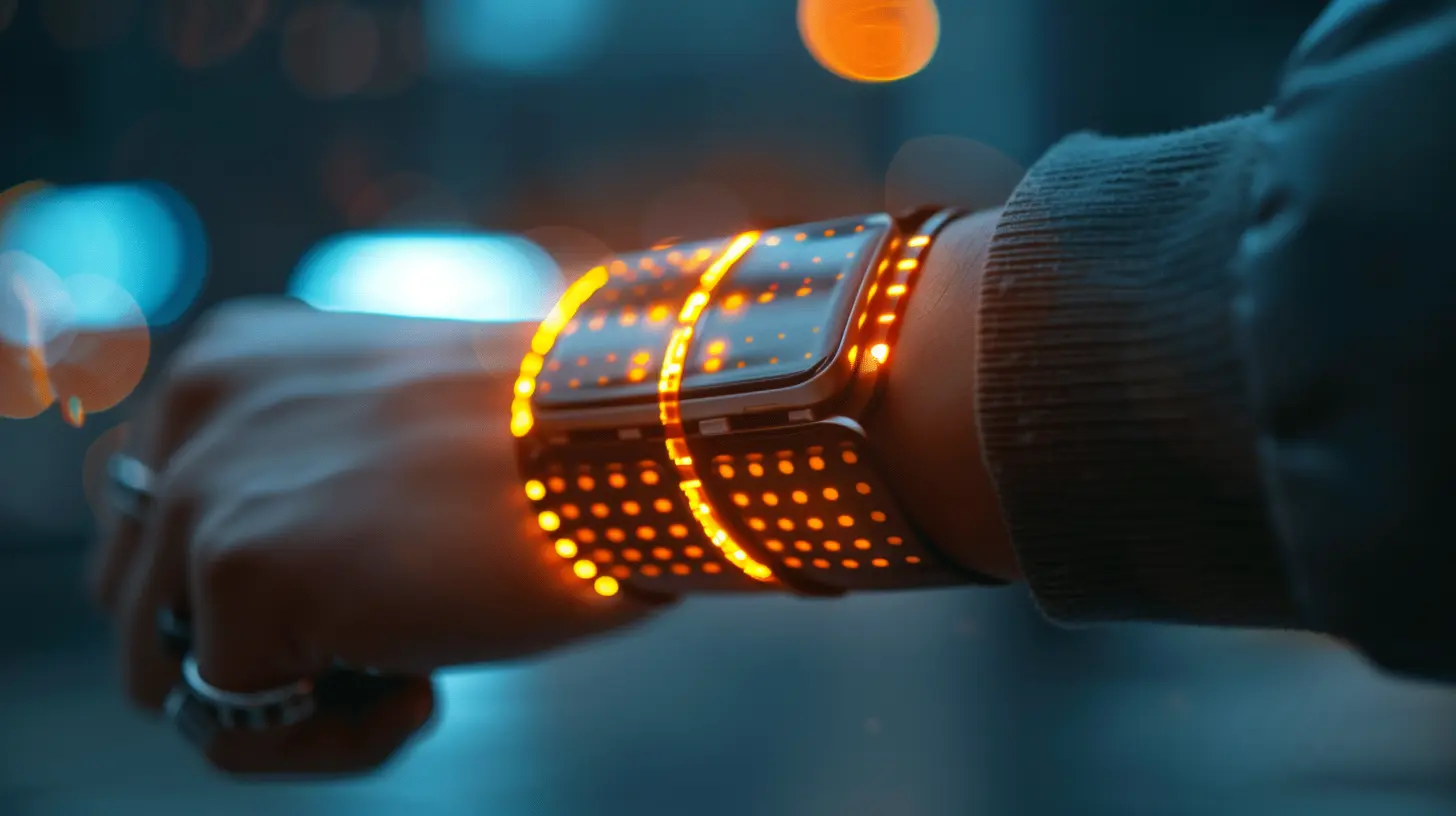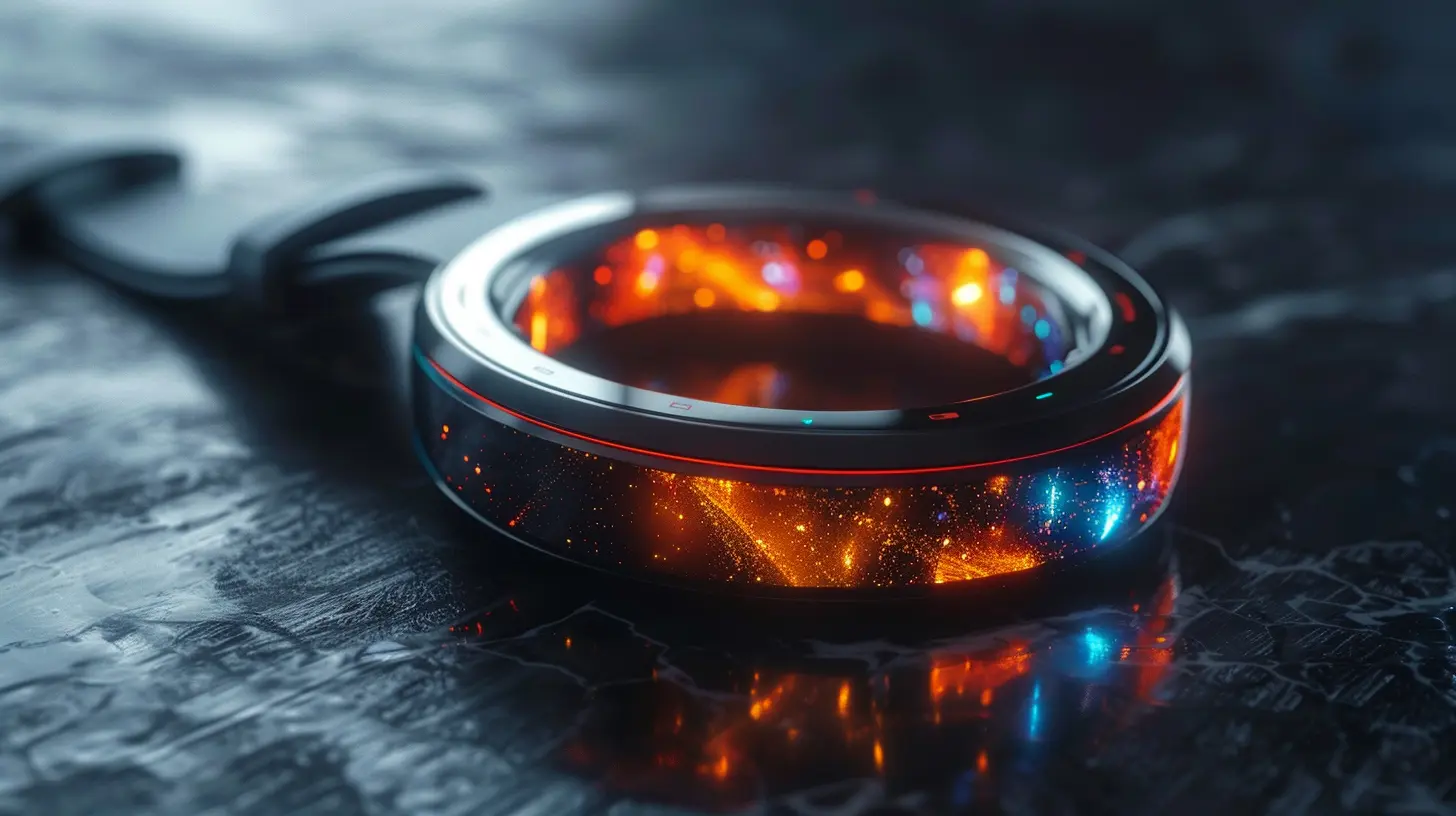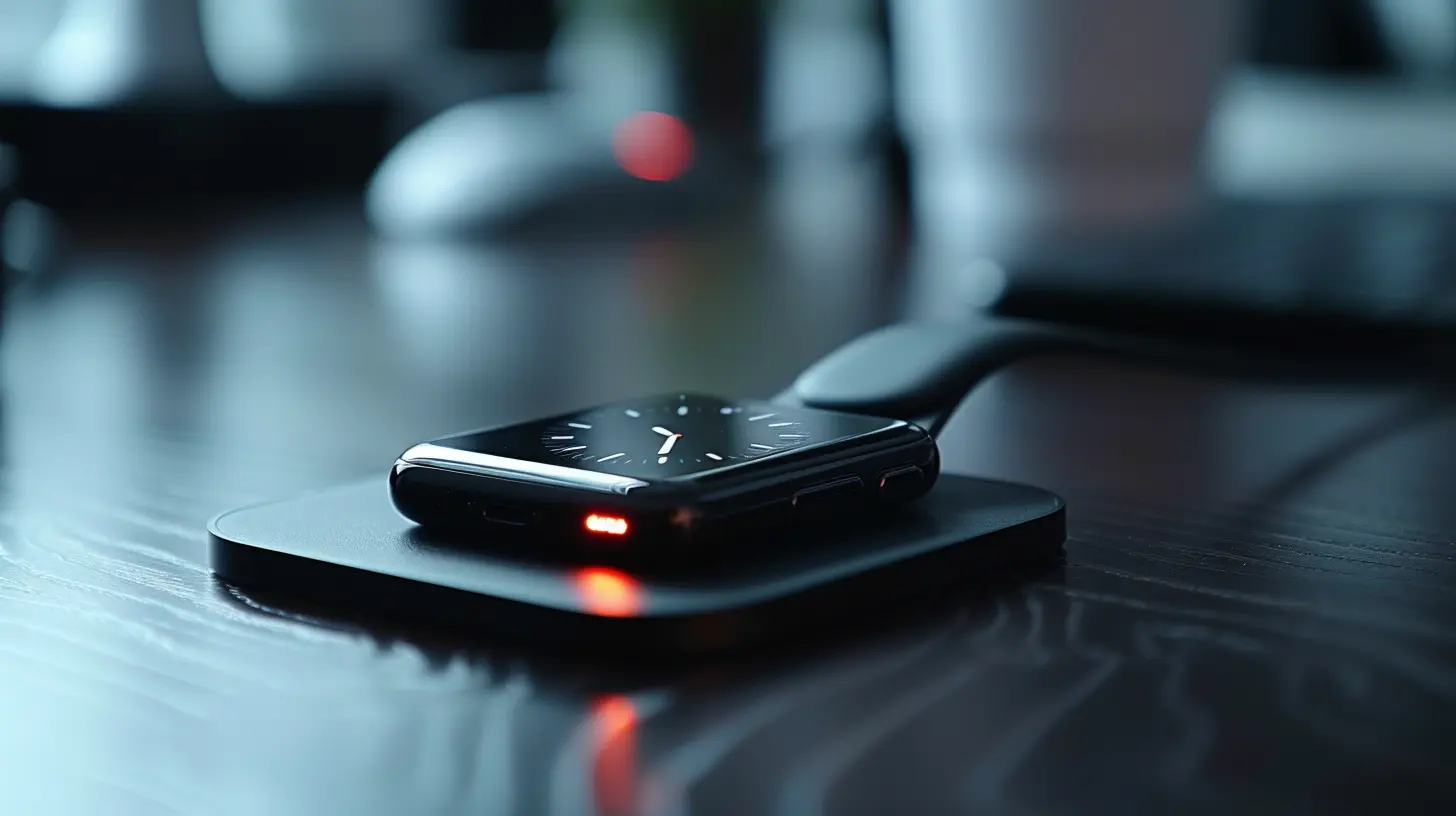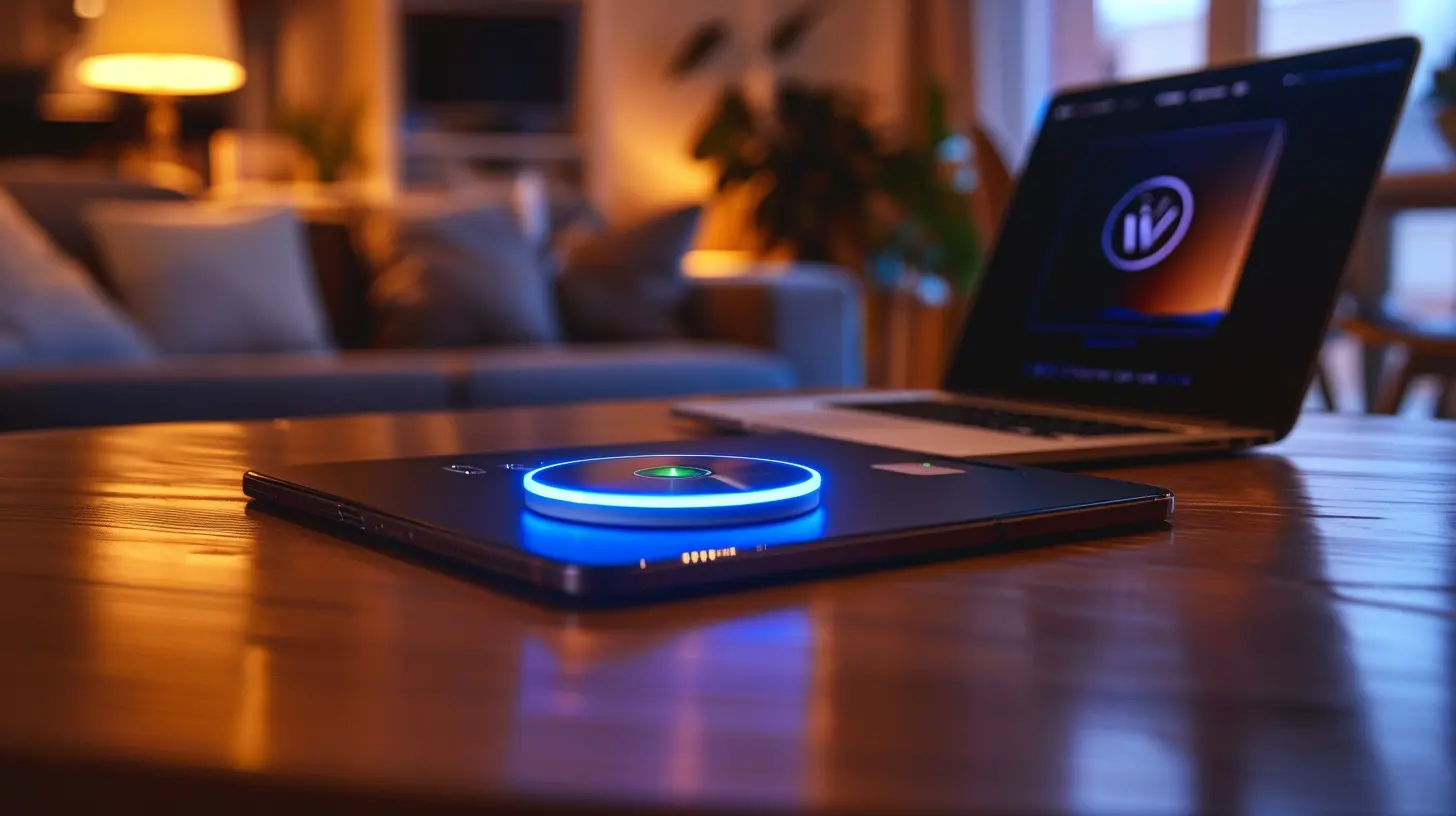The Role of Wireless Charging in Wearable Tech
14 July 2025
Wireless charging has been around for a while. We've seen it on smartphones, electric toothbrushes, and even some cars. But where it's creating a real buzz lately? Wearable tech. You know—smartwatches, fitness trackers, earbuds, smart rings—the stuff that sticks to your body and keeps your digital life on the move.
If you've ever had to fumble around with a tiny charging wire just to juice up your smartwatch after a long day, you already know the frustration. That’s why wireless charging feels like a blessing. But is it just a gimmick or is it shaping the future of wearables? Let’s dig deep, get real, and talk about what wireless charging is actually doing in the world of wearable tech.
What Is Wireless Charging, Really?
Okay, before we go full geek mode, let's break down what wireless charging actually is. At its core, it's a way to charge your device without plugging in a traditional wire. It works using electromagnetic fields to transfer energy between two objects—usually a charger pad and your device.Most wearables today use a type of wireless charging called inductive charging. It’s the same tech powering your wireless earbuds or charging mat. Simply place your wearable on the charger, and voilà—it starts refilling the battery without a physical plug.
Sounds simple, right? But there's a lot happening behind the scenes.
Why Wireless Charging Makes Sense for Wearables
Now let’s get to the juicy part—why wireless charging and wearables go together like peanut butter and jelly.1. Convenience is King
Let’s be honest: nobody likes dealing with tiny charging ports. Wearables are often small, delicate, and awkward to plug in. Wireless charging takes away that pain point and replaces it with ease. Just place and charge. That's it.Imagine coming home from your run, tossing your smartwatch onto a pad, and not having to mess with cables at all. That’s the kind of convenience that makes tech feel seamless.
2. Better Design Possibilities
You know how most smartwatches and fitness bands have those little flaps covering delicate charging ports? Say goodbye to those.Wireless charging leads to sleeker, more water-resistant, and more durable designs. No ports mean fewer openings for dust and water to sneak in. It also gives designers more freedom to create futuristic, minimalist wearables that still function like a dream.
3. Improved Durability Over Time
Wired connections wear out—literally. Over time, constantly plugging and unplugging a tiny charger into a smartwatch or ring can weaken the port and the cable. Wireless charging? It eliminates that wear and tear, increasing the lifespan of the device.And when we spend a few hundred bucks on a smart wearable, we want it to last longer than just a year, right?
The Challenges That Still Exist
As much as we love wireless charging, it’s not perfect. There are still speed bumps on the road to totally wire-free wearable tech.1. Charging Speed Isn’t There… Yet
Let’s put it bluntly—wireless charging is usually slower than plugging into the wall. That’s not a deal-breaker for everyone, but it's something to think about.If you forget to charge your fitness tracker overnight and wake up to a low battery, don’t expect a quick 15-minute top-up with wireless charging. Traditional cables often still win the race when it comes to speed.
2. Alignment and Positioning Are a Pain
Ever leave your smartwatch on the charger only to find it didn’t charge overnight because it wasn’t "perfectly aligned"? So annoying.Some wireless chargers require very specific alignment to start working. If you don't hit that sweet spot, your device just sits there looking pretty—but doing nothing.
3. Extra Costs and Accessories
Wireless chargers aren’t always included. That sleek charging pad? It usually comes with a separate price tag. And unlike USB cables, which are everywhere, wireless chargers are more niche. Lose one, and you’re probably headed online to order a pricey replacement.
The Future Is Getting… Well, Wireless-er
Despite the hurdles, we’re on the edge of something big. The technology is evolving fast, and the benefits are too good to ignore.1. Resonant Wireless Charging Is on the Horizon
Right now, most wearables use inductive charging. But the next generation? That might involve resonant charging. Think of it as wireless charging with a wider area.This newer method doesn’t require perfect alignment. Your device can be a few centimeters away and still charge—kind of like magic. Imagine just tossing your wearable within range of a charging surface and letting it do its thing!
That’s not sci-fi. Companies are already testing this, and it's only a matter of time before it hits mainstream wearables.
2. Over-the-Air Charging? Yes, Please!
Now we’re talking Star Trek level tech. Over-the-air charging (also known as RF or radio-frequency charging) can charge devices without even needing a pad. Imagine your smartwatch charging while you walk around your house.Several startups and tech giants are experimenting with this. The goal? True freedom—charging your devices without thinking about it.
It’s still early days, but this could erase the concept of "charging" as we know it.
Wireless Charging in Popular Wearables Today
Let’s look at how some major brands are already using this tech:- Apple Watch: Apple’s magnetic charging dock is wireless, but still needs precise placement. It’s not Qi-compatible (yet), so you're stuck with their charger.
- Samsung Galaxy Watch: Uses Qi wireless charging—more flexible and compatible with other charging pads.
- Fitbit Versa 4: Unfortunately, still uses a proprietary magnetic charger—not truly wireless, but moving in that direction.
- Whoop & Oura Ring: Tiny form factors make them trickier to charge. Whoop uses a slide-on battery pack—clever, but not truly wireless.
Clearly, the industry is experimenting—but not fully committed yet.
What This Means for Consumers
So, what’s in it for you?If you're thinking of upgrading your wearable tech, wireless charging should definitely be on your checklist. While it’s not a must-have yet, it’s quickly becoming one. The pros are stacking up: convenience, aesthetics, fewer cables, longer device life.
But also, be realistic. It might take a couple more years before wireless charging becomes seamless across every wearable device. Don’t ditch your charging cable just yet—but know that the wire-free future is coming fast.
The Environmental Angle
We can’t ignore the eco-impact of charging tech either. Fewer cables and chargers getting thrown away means less electronic waste. If more devices standardize around universal wireless charging platforms, we reduce the need for multiple charging systems.Plus, with efficient charging protocols, we could even lower energy usage in the long run. It's a win-win—for us and for the planet.
What Role Will AI and Smart Charging Play?
Let’s sprinkle in some buzzword magic—AI.Artificial intelligence could help manage charging smarter. Imagine your wearable analyzing your usage patterns and automatically charging when it knows you won’t need the device for a while. That’s smart charging.
Pair this with wireless tech, and you've got wearables that basically charge themselves without effort from you. We’re headed towards an era of “invisible charging,” where you don’t even notice it happening.
So, Where Are We Headed?
The big picture? Wireless charging is transforming how we interact with wearable tech. It's turning smartwatches, fitness bands, smart rings, and future devices into more intuitive, effortless companions.Yes, we still have some tech hurdles to overcome. But once wireless charging becomes faster, more efficient, and more widespread, it'll be a total game changer.
We're not talking small upgrades. We're talking about the kind of transformation that changes your daily routine. No more cable hunts, no more “ugh, I forgot to plug it in.” Just seamless power whenever and wherever you need it.
Final Thoughts
Wireless charging and wearable tech are on a collision course—and it’s going to be beautiful. The blend of convenience, smarter designs, and emerging tech means your gadgets will need you less and do more.And isn’t that the whole point of technology?
So, next time you're window shopping for a new smartwatch or fitness tracker, give a thought to how it charges. Because before you know it, wireless might not just be an option—it’ll be the standard.
all images in this post were generated using AI tools
Category:
Wireless ChargingAuthor:

Vincent Hubbard
Discussion
rate this article
1 comments
Kairo Gates
Wireless charging enhances convenience and usability in wearable tech, enabling seamless power management, reducing wear on connectors, and improving user experience overall.
August 1, 2025 at 4:42 AM

Vincent Hubbard
Thank you for your insightful comment! I completely agree that wireless charging significantly boosts convenience and user experience in wearable technology.


